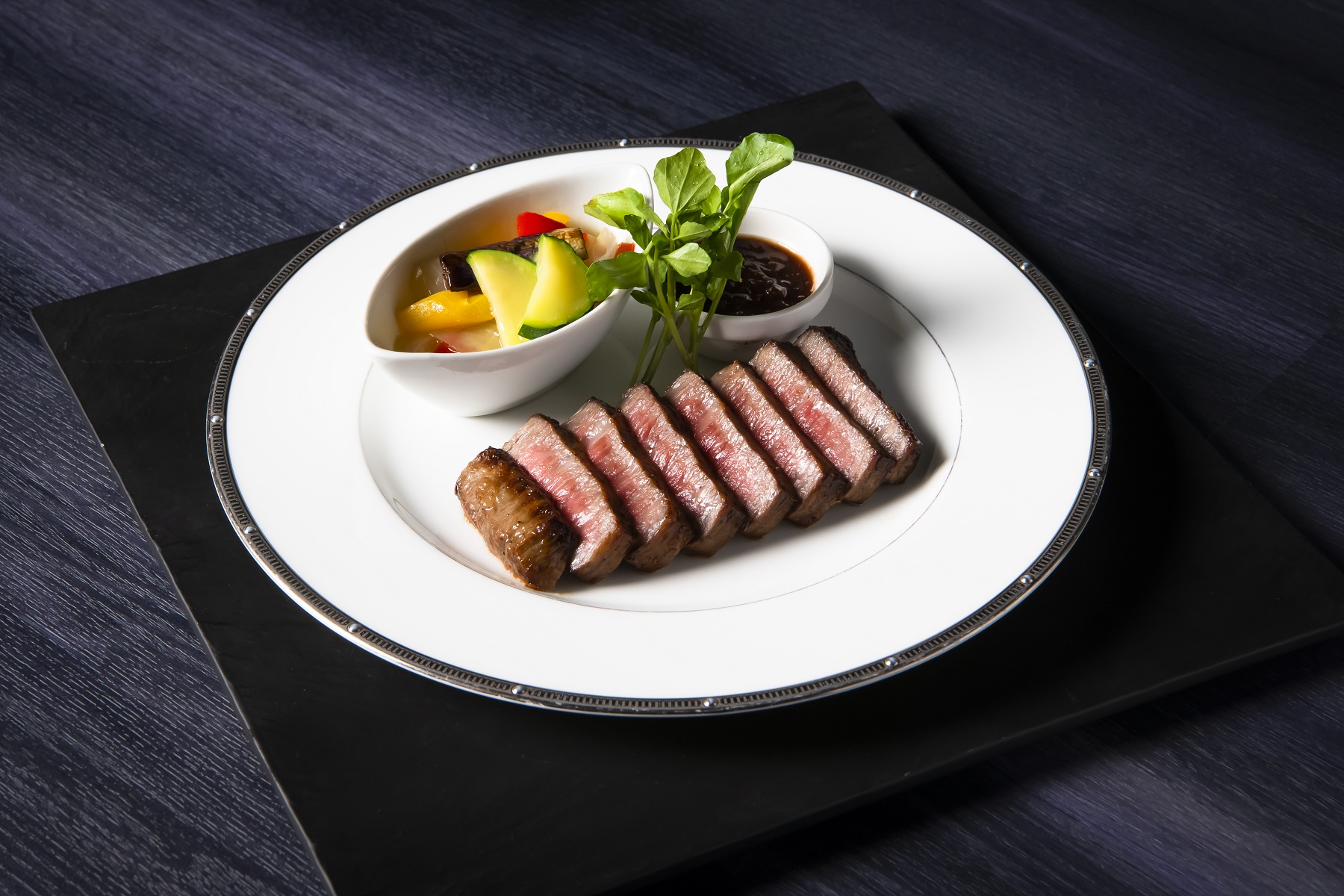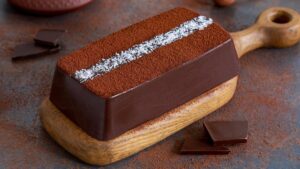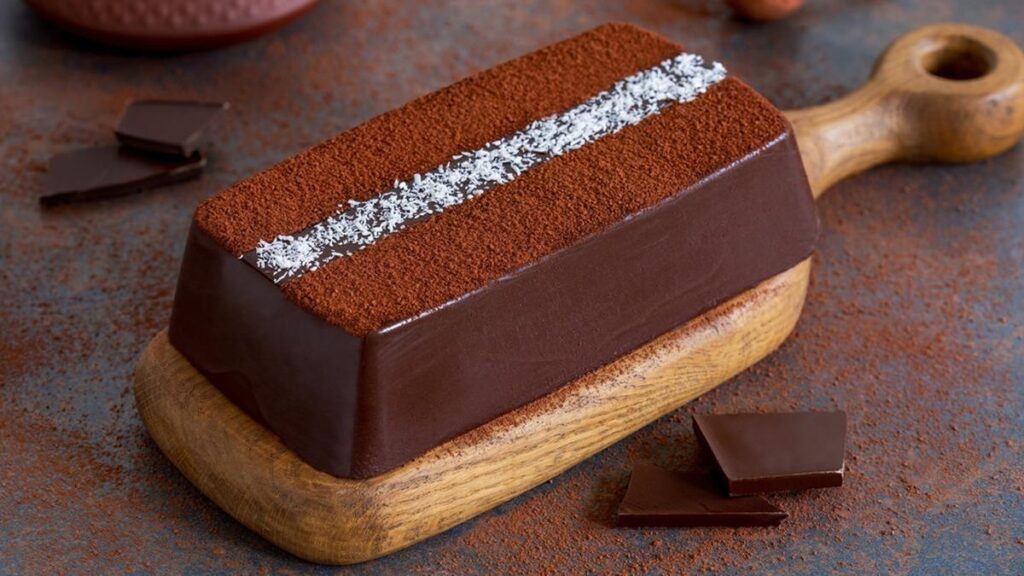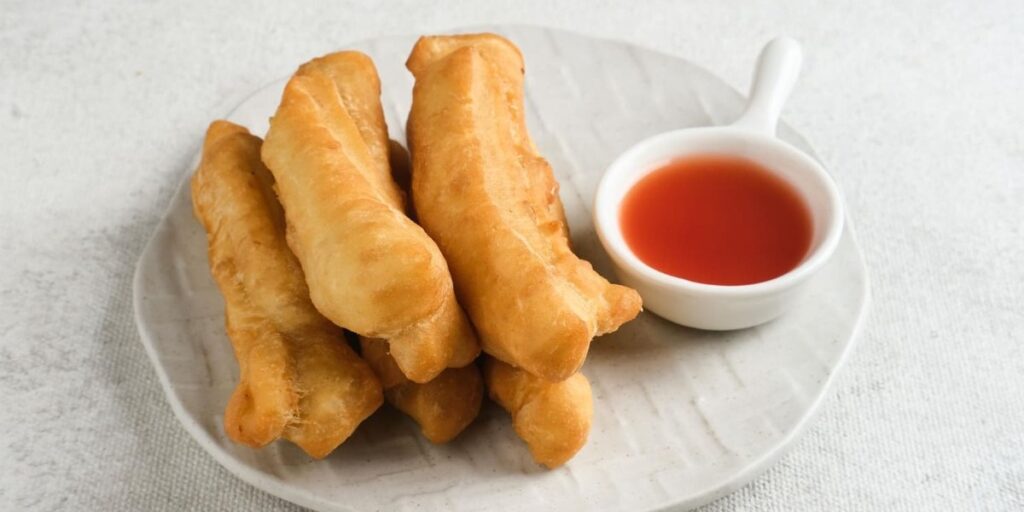In the world of premium meats, Kobe beef holds a status that is unrivaled, recognized globally for its unparalleled flavor, tenderness, and marbling. Originating from the Tajima strain of Japanese Black cattle, Kobe beef’s reputation is built on centuries of meticulous breeding and care, making it the ultimate indulgence for carnivorous connoisseurs. This delicacy exemplifies perfection in taste and texture, making it a prized entrée in fine dining establishments worldwide.
The Origins and Standards of Kobe Beef

Kobe beef’s origins lie in the Hyogo Prefecture of Japan, with Kobe as its capital city. The name itself is protected and subject to strict regulations to ensure authenticity. To be certified as genuine Kobe beef, it must meet stringent criteria:
- Breed: It must come from 100% Tajima cattle.
- Location: The cattle must be born, raised, and processed in Hyogo Prefecture.
- Marbling Score: Kobe must achieve a marbling score of 6 or higher on the Beef Marbling Standard (BMS) scale, reflecting the intricate fat distribution that makes it so prized.
- Age and Weight Restrictions: The cattle must be between 28 to 60 months old and meet specific weight limits to ensure consistent quality and flavor.
The Secret Behind Kobe Beef’s Superior Quality
The quality of Kobe can be attributed to several unique factors, including:
- Meticulous Breeding: Tajima cattle are selectively bred to enhance their marbling and flavor profiles.
- Traditional Rearing Methods: The cattle are often raised with exceptional care, including a diet of high-quality grains and a stress-free environment, contributing to tender meat.
- Marbling: The marbled fat within the muscle fibers results in an intensely flavorful and melt-in-your-mouth texture, distinguishing Kobe from other types of beef.
Preparing Kobe Beef: An Art Form
To fully appreciate Kobe beef’s premium quality, chefs adhere to specific preparation and cooking methods that maximize its flavor and texture. Some popular techniques include:
- Simple Seasoning: Given its rich flavor, Kobe beef requires minimal seasoning, such as sea salt and freshly ground pepper, allowing the natural taste to shine.
- Grilling: The high-fat content allows the beef to sear beautifully over high heat, creating a caramelized crust that locks in juices.
- Sous Vide Cooking: This technique ensures even cooking and tenderness, followed by a quick sear for the perfect finish.
- Slicing and Serving: Kobe is often served in small portions due to its richness. Thin slices or medallions ensure a balanced bite without overwhelming the palate.
The Unique Taste of Kobe Beef
Kobe beef’s unique flavor is characterized by its umami richness, intense marbling, and buttery texture. Unlike other cuts of beef, it almost dissolves on the tongue, leaving a lingering depth of taste that is both luxurious and satisfying. The marbled fat imparts a savory, slightly sweet profile that enhances every bite, making it a memorable dining experience.
Kobe Beef vs. Wagyu Beef: What Sets It Apart?
While Kobe beef is a type of Wagyu, not all Wagyu is Kobe. Understanding the differences is crucial for discerning diners:
- Region: Wagyu refers to all Japanese beef cattle, while Kobe beef is a specific brand within the Wagyu category from the Hyogo Prefecture.
- Stricter Standards: Kobe is subject to far stricter regulations regarding breeding, raising, and grading.
- Flavor and Texture: Kobe beef is known for having the most delicate marbling and a higher fat content, contributing to a richer taste and unmatched tenderness.
Health Benefits of Kobe Beef
Despite its reputation for indulgence, Kobe beef offers surprising health benefits. The fat in Kobe contains high levels of monounsaturated fats and omega-3 and omega-6 fatty acids, making it healthier than many cuts of meat. Its high protein content supports muscle growth and tissue repair, while its nutritional profile makes it a more balanced option for fine dining.
Pairing Kobe Beef: Elevating the Dining Experience
Pairing Kobe beef with complementary flavors and beverages enhances the overall dining experience:
- Red Wine: A full-bodied red wine with tannins, such as Cabernet Sauvignon or Syrah, balances the richness of Kobe.
- Sake: High-quality sake, particularly those with a dry or slightly floral profile, can enhance the umami notes of the beef.
- Vegetable Sides: Lightly sautéed or roasted vegetables, such as asparagus or mushrooms, provide a textural contrast while letting the beef remain the star of the plate.
- Rice and Pickled Sides: In traditional Japanese presentations, Kobe beef is often paired with fluffy rice and pickled vegetables, adding an authentic touch and balancing flavors.
Ethical and Sustainable Considerations
As demand for Kobe grows, the importance of ethical and sustainable practices becomes more evident. Ensuring humane treatment, responsible feeding practices, and preserving heritage breeds are crucial for maintaining quality and authenticity. Many farms prioritize environmentally friendly methods to align with modern values, offering a guilt-free indulgence for conscious diners.
Modern Innovations in Kobe Beef Cuisine
Contemporary chefs have embraced Kobe beef’s versatility, creating innovative dishes that celebrate its luxurious nature. From Kobe tartare with Asian-inspired flavors to creative fusion dishes blending Japanese and Western influences, culinary innovation keeps this classic ingredient relevant in today’s ever-evolving dining scene.
Conclusion
A Kobe beef entrée exemplifies the pinnacle of flavor, tenderness, and craftsmanship. More than just a meal, it is an experience that captures centuries of tradition, attention to detail, and culinary mastery. Whether prepared simply or transformed into an avant-garde creation, Kobe beef remains a bosjoko symbol of excellence and luxury. Every bite tells a story of meticulous care, making it a fitting highlight in any fine dining experience.









